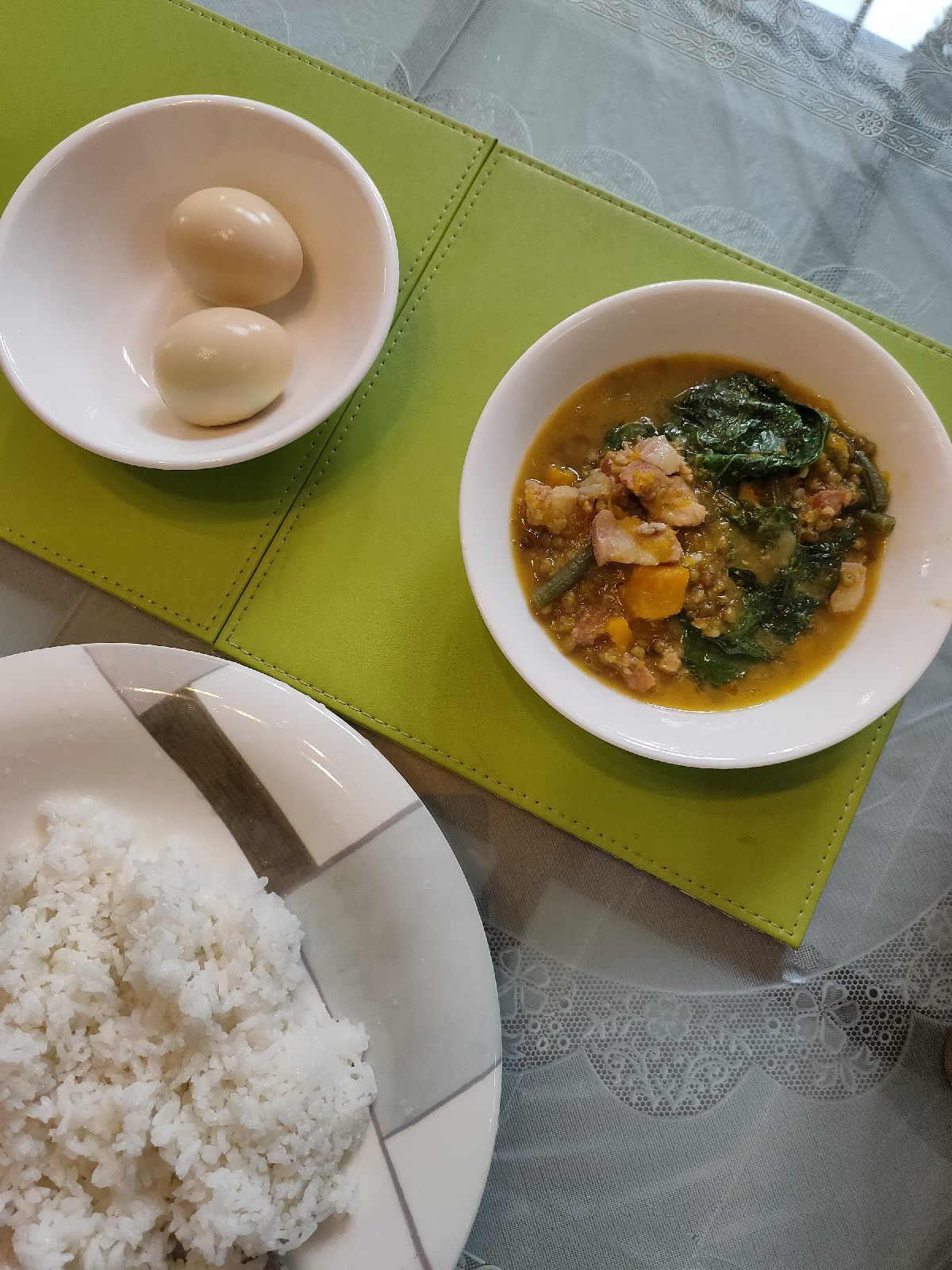Munggo: A Heartwarming Delight and a Filipino Favorite
In the colorful tapestry of Filipino cuisine, few dishes hold the same level of warmth and nostalgia as Munggo. Also known as "Ginisang Munggo," this humble dish has earned a special place in the hearts of Filipinos, captivating both young and old with its comforting flavors and rich cultural heritage. Join us as we delve into the world of Munggo, exploring its history, preparation, and the deep connection it shares with the Filipino people.
Rooted in Tradition
Munggo, or Mung Bean Stew, is more than just a dish; it's a reflection of the Philippines' rich culinary history. The use of mung beans in Filipino cuisine dates back centuries, showcasing the resourcefulness of Filipino cooks who transformed simple ingredients into nourishing and flavorful meals. Munggo holds cultural significance as it is often associated with Fridays during Lent, a period of fasting and abstinence for many Filipinos. During this time, the consumption of meat is limited, making Munggo a staple due to its protein-rich mung beans and array of vegetables.
Ingredients of Comfort
At the heart of Munggo are mung beans, which offer a velvety texture and a hearty, earthy flavor. The dish is a harmonious blend of mung beans, leafy vegetables (such as malunggay or spinach), shrimp, and sometimes smoked fish or pork. The flavors are brought together with sautéed garlic, onions, and tomatoes, creating a delectable medley that's both satisfying and nourishing. Served with steamed rice, Munggo embodies the comfort and love that Filipino cuisine is known for.
Variations and Personal Touches
As with any beloved dish, Munggo has seen its fair share of variations and personal touches. Some versions include coconut milk for a creamier texture, while others opt for a more minimalistic approach with just a few key ingredients. The choice of vegetables and protein can also vary based on regional preferences and seasonal availability. Regardless of the variations, the heart of Munggo remains consistent – a dish that brings people together and warms both body and soul.
Beyond Nourishment: A Cultural Connection
Munggo isn't just about sustenance; it's about cultural connection. Sharing a meal of Munggo brings families and friends together, fostering a sense of unity and shared experience. The dish often finds its way onto dining tables during gatherings, celebrations, and even somber occasions, emphasizing its role as a symbol of togetherness and comfort.
Cooking with Love
Preparing Munggo is more than just following a recipe; it's an act of love and care. From meticulously washing and cooking the mung beans to sautéing the aromatics with precision, each step is infused with intention. As the dish simmers and the flavors meld, the kitchen is filled with an enticing aroma that evokes memories and stirs the senses.
Conclusion
Munggo holds a special place in Filipino hearts, capturing the essence of comfort, tradition, and togetherness. Its humble origins, rich flavors, and cultural significance make it a dish that transcends generations and continues to be a favorite across the Philippines. So, whether you're savoring a bowl of Munggo on a Friday during Lent, enjoying it at a family gathering, or relishing a solo meal, this heartwarming delight embodies the true spirit of Filipino cuisine – a fusion of flavors and emotions that nourishes not only the body but also the soul.




Comments
Post a Comment